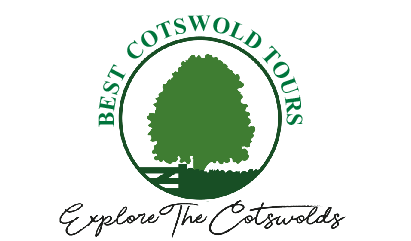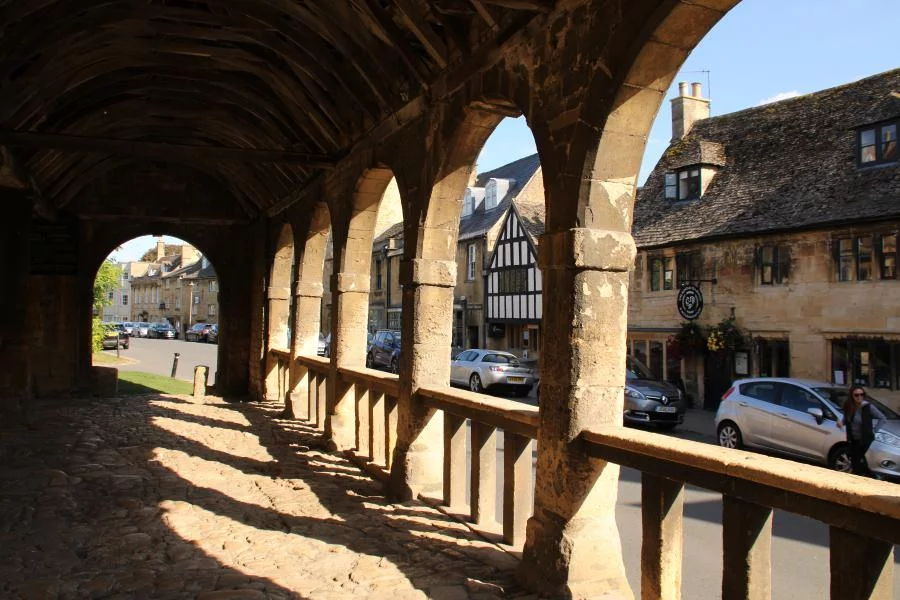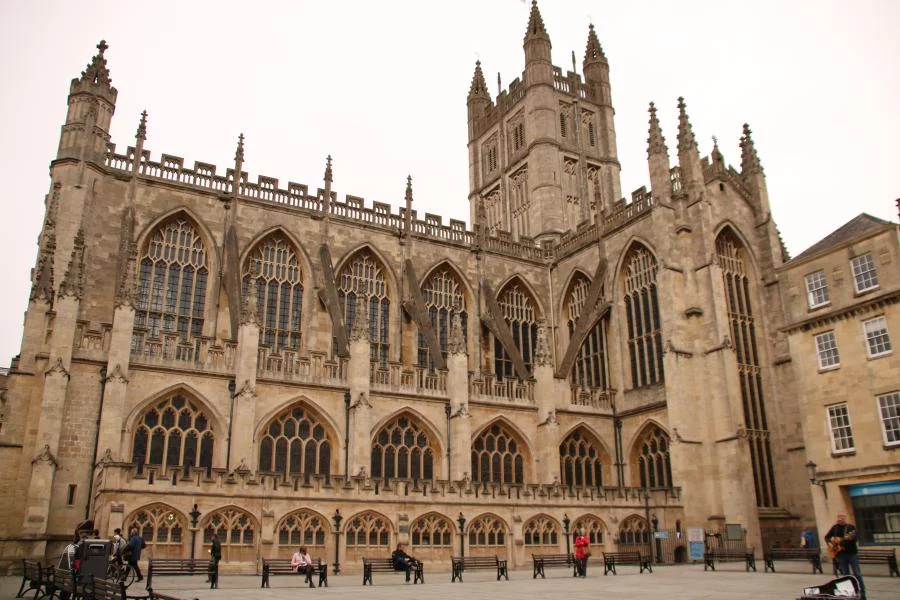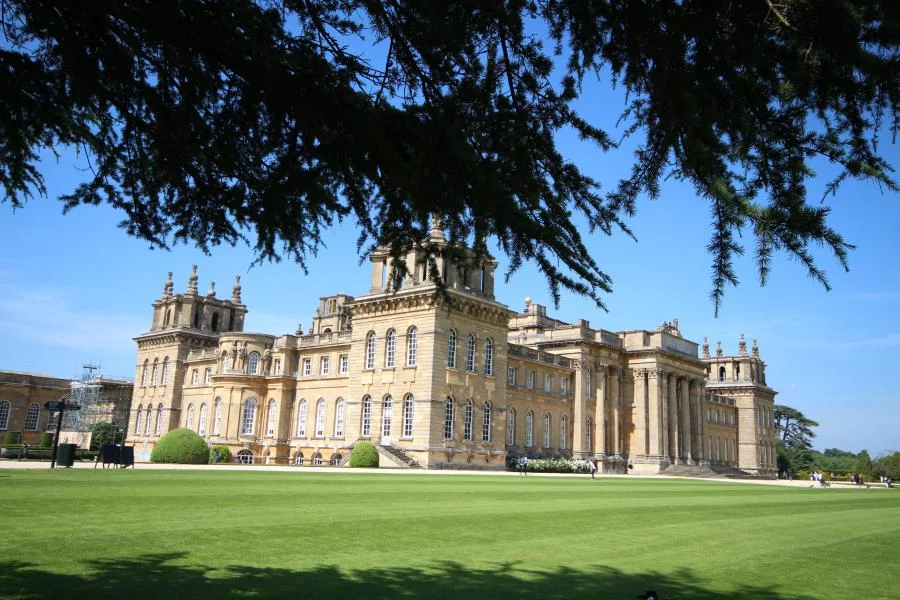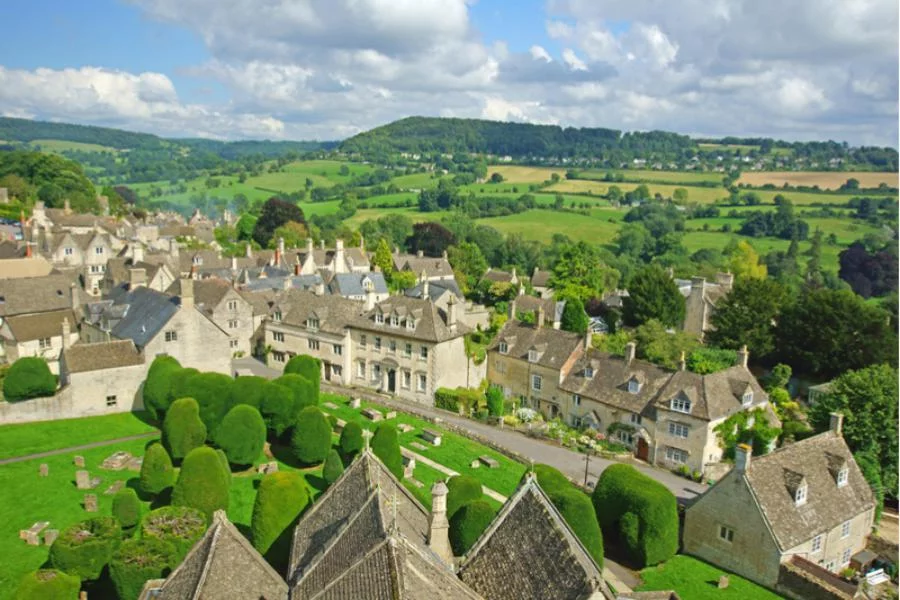Best Cotswold Tours
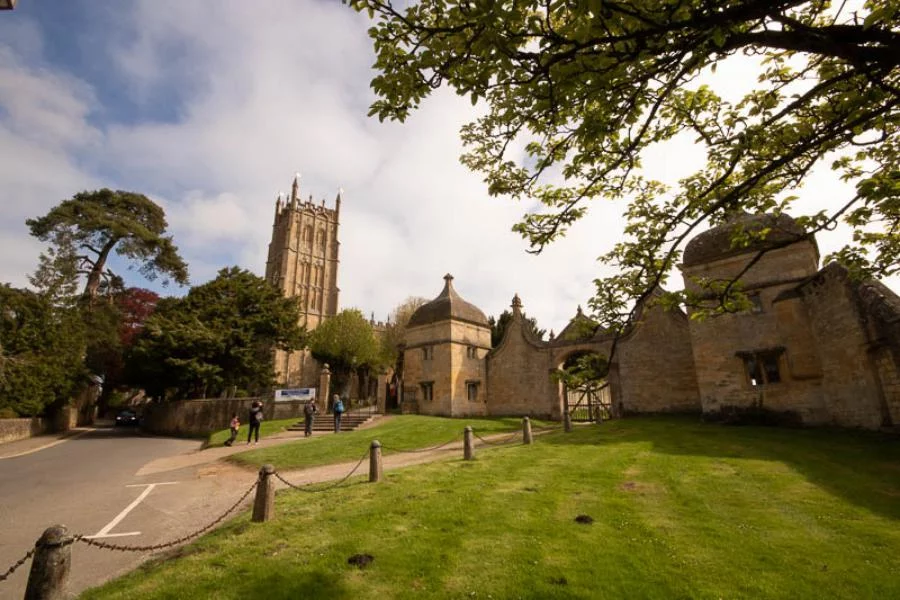
Chipping – meaning market town- Campden was one of the most important medieval wool towns in the Cotswolds. Then in 1902 CR Ashbee moved his guild of Handicraft here from London. St James’ church at the north end of the town is also the finest wool church in the region. The broad curved terraces of the town’s High Street is sometimes described as the most perfect in England. William Grevel’s 14thC house is the oldest house, but still there are more treasures, Elizabethan, Georgian, Jacobean, Regency and Victorian buildings are still to be found.
BOURTON AND THE SLAUGHTERS
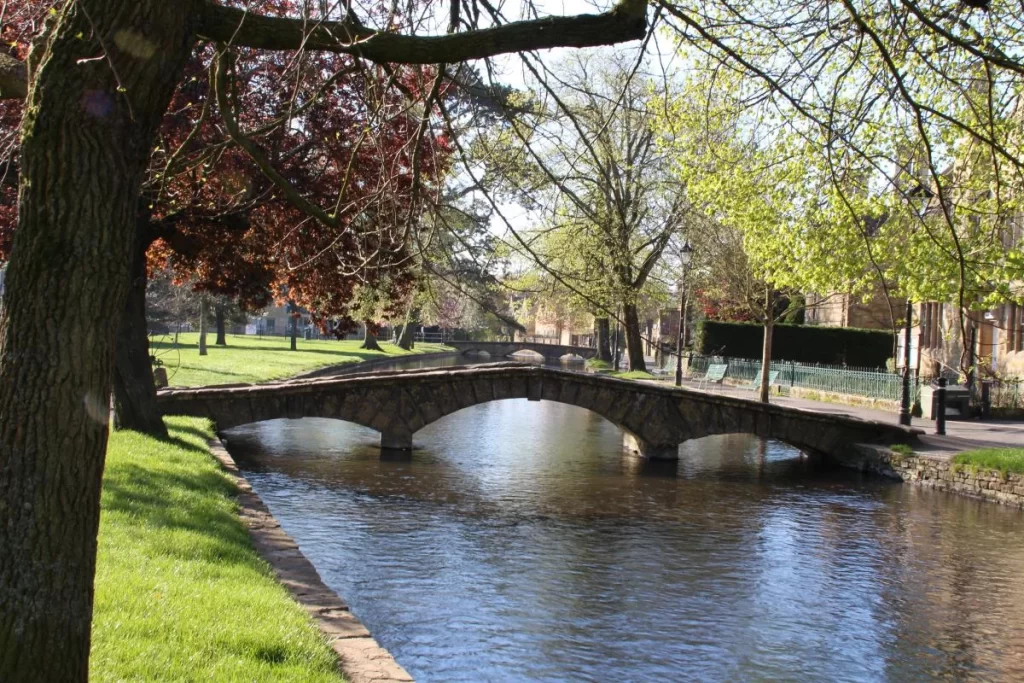
The “Venice of the Cotswolds” Bourton on the Water attracts many visitors each year particularly in the summer months. The riveer Windrush flows through the middle of the villge through five graceful bridges. There are many visitor attractions such as Model Village, Birdland, Motor Museum and Dragonfly maze and Cotswold Perfumery. Nearby in the village of Lower Slaughter the River Eye, which joins the Windrush at Bourton, runs past cottages and miniature gardens. Tucked against the river is the Old Mill with its square brick chimney rising above the Cotswold Cottages.
PAINSWICK AND SLAD VALLEY
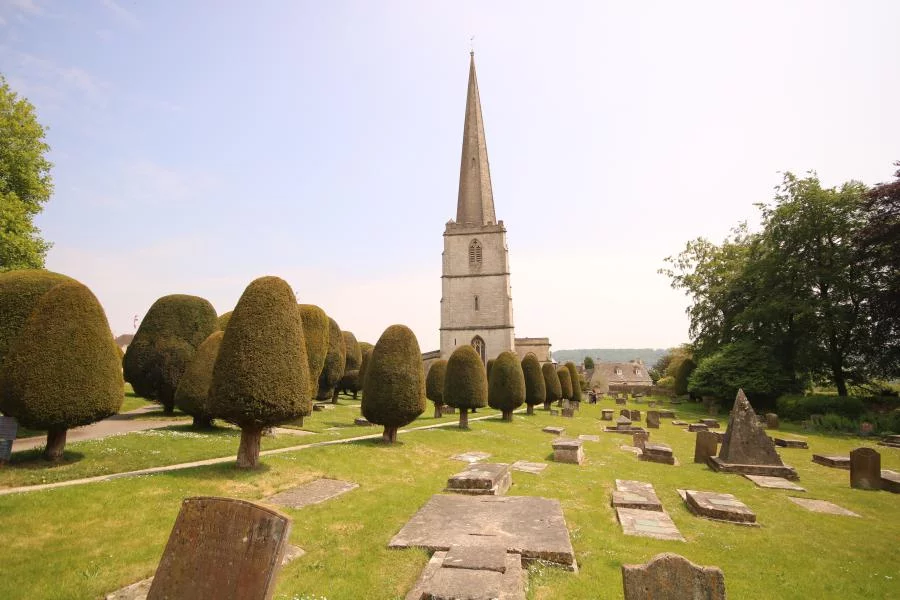
The “Queen of the Cotswolds” Painswick’s Churchyard is particularly well known for its 200-year-old yew trees that will always remain at 99 in number. One of the most striking features is the 17thC. church spire. The church itself was mostly built in the 15thC as a result of the prosperity of the Woolen trade. Flemish weavers settled in Painswick in the 16th.C . Painswick overlooks the stunning Slad Valley, made famous by Laurie Lee’s account of his life, and his local drinking pub “The WoolPack” Inn.
BURFORD & MINSTER LOVELL
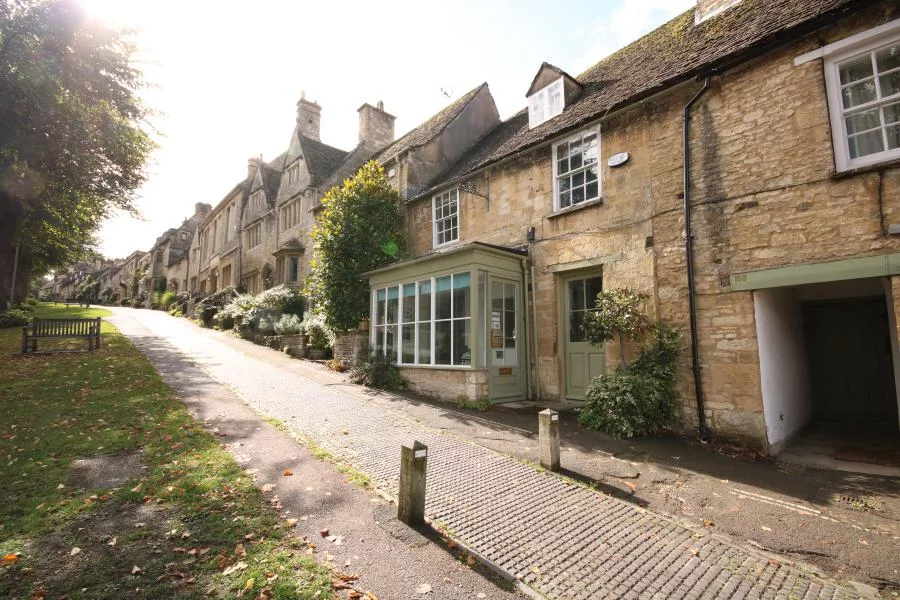
Burford is affectionately known as “The Gateway to the Cotswolds”. The view from the top of the high street down towards the River Windrush, with its medieval triple arched bridge built in 1322, is one of the Cotswold “classics”. Burford’s prosperity has historically depended on wool, quarrying, and coaching. To the east of Burford lies the pretty village of Minster Lovell where the extensive ruins of the 15thC Minster Lovell Hall and Dovecote can be found.
BIBURY AND THE COLN VALLEY
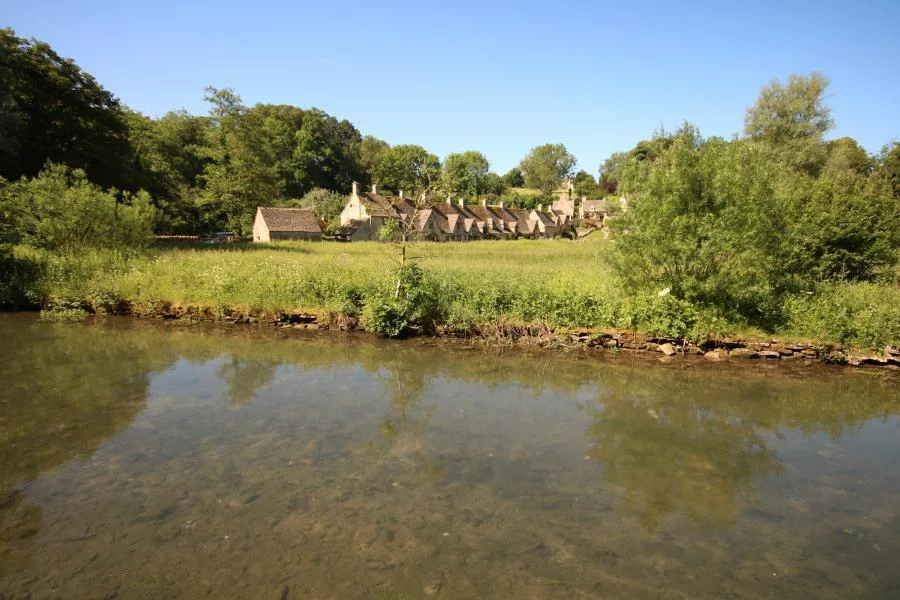
Bibury is one of the icons of the Cotswolds which was known in Saxon times as Becheberie. In 1870 William Morris described as “the most beautiful village in England”. Arlington Row, one of the most photographed row of houses in England, a 14thC wool store was converted into weavers cottages in the 17thC. is in an Architectural Conservation area and is owned by the National Trust. Bibury is situated on the River Coln in the quintessential Cotswold Valley with such villages as Winson, Coln St Dennis, Coln St Aldwyns andQuenington.
BROADWAY AND TOWER
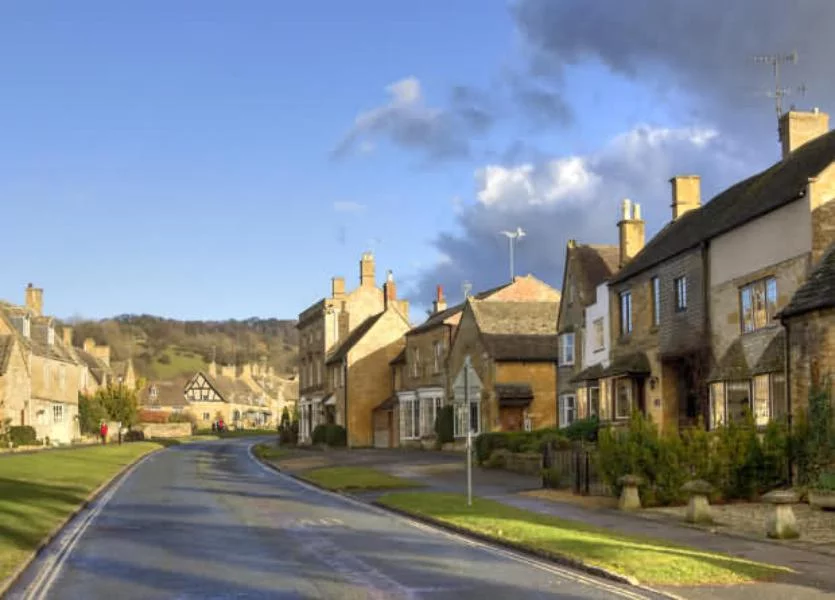
One of the prettiest Cotswold Villages, Broadway was an important staging post in the early 18thC. The Lygon Arms is a reminder of that period. Most of the houses on the high street date from the 16th,17thand 18th centuries. Later the village became popular with Arts & Crafts movement at the beginning of the 19thC. At the top of the escarpment above the village is Broadway Tower, built in 1799 by James Wyatt, and known as the “highest castle in England”. Rising 65ft from the ground and at 1000ft above sea level you can see 13 counties on a clear day.
BEST COTSWOLD TOURS IN ONE DAY
Copyright 2024 | Mark Ransom | Cotswold Blog

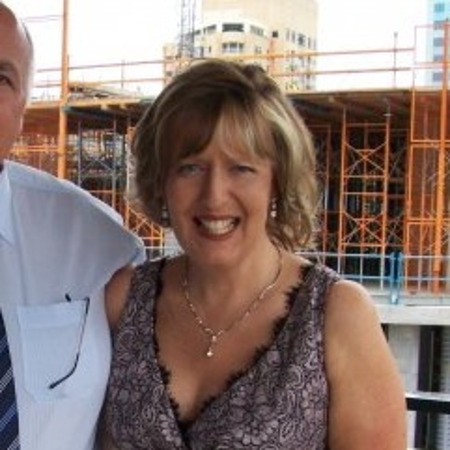
Enquiry Form
BEST COTSWOLD TOURS
TELEPHONE
Porters Farm, Wyck Rissington, Bourton on the Water Glos GL54 2PN
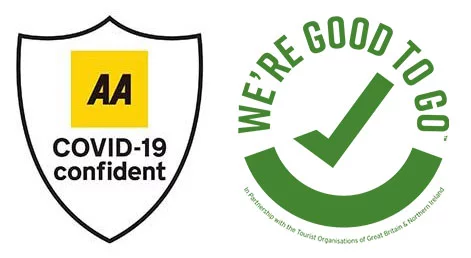
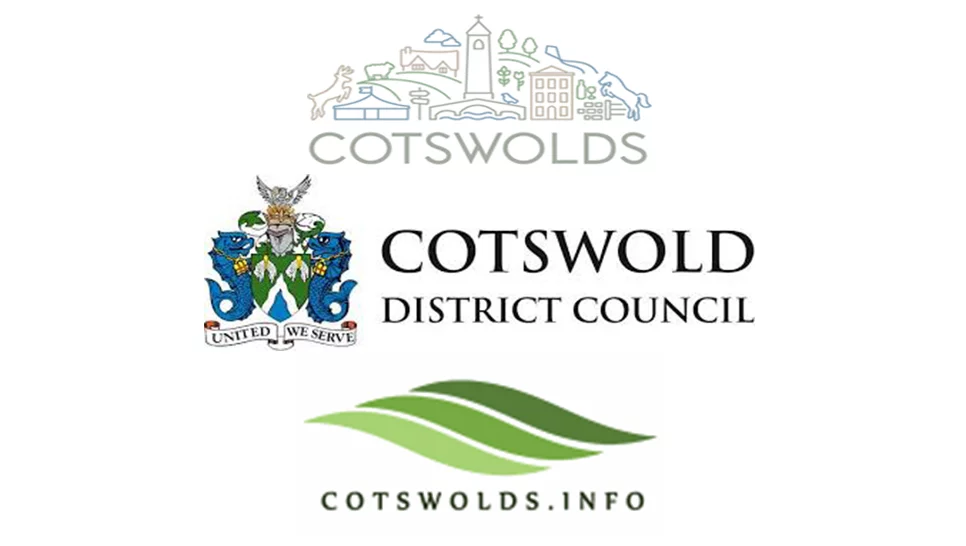
Bourton-on-the-Water | Moreton-in-Marsh Railway Station | Stow-on-the-Wold | Great Tew | Lower Slaughter | Chastleton | Rollright | Bibury | Burford | Broadway | Toddington | Cheltenham | Cotswolds Guided Tour | Pub Lunch | England's Oldest Inn | Rollright Stones English Heritage | Cotswold Manor House | Chastleton | Cream Tea | Cotswold Tour | Cotswolds Tours and Executive Travel | Cotswold Sightseeing | Stanton | Stanway | Bourton-on-the-Hill | Broadway Tower | Cotswold Tours | London Paddington | National Trust | Snowshill | Lavender Fields | Great Days Out in the Cotswolds | Best Cotswold Tour | Cotswolds Area of Outstanding Natural Beauty | Cotswold Day Trip | Things to do in the Cotswolds | Cotswold Hidden Places to Visit | Cotswold Secret Locations | Cotswold Group Tours | Cotswold Journeys | Visit Cotswolds | Cotswalds Tours | Cotswold Travel | Great Tew | Thatched Cotswolds Cottage Tour | Famous Cotswolds | Cotswolds Small Group Tour | Cotswolds Tour from Moreton in Marsh
